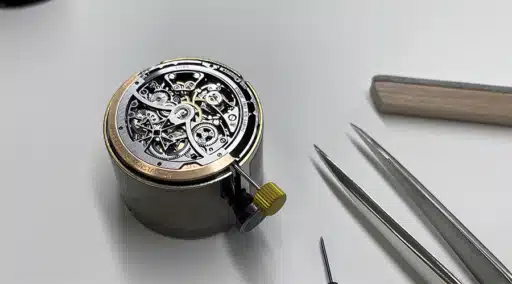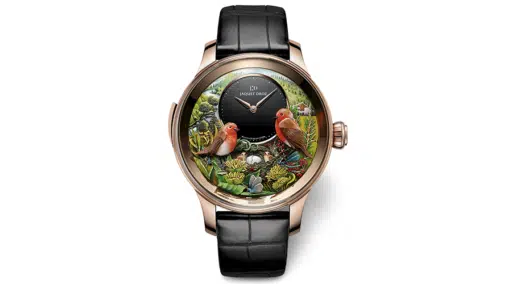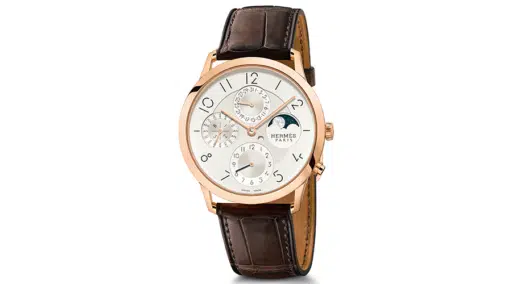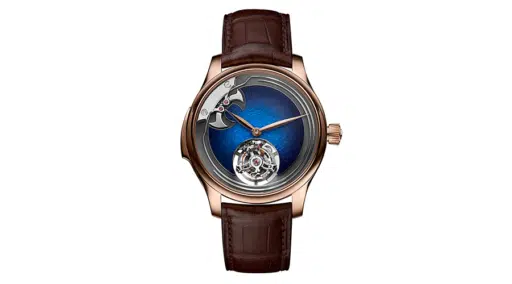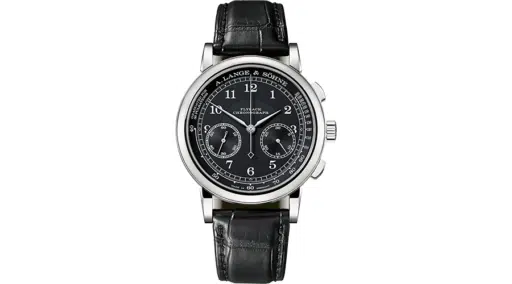The Different Types of Rotors in Automatic Watches
Discover the different ways of powering an automatic watch.
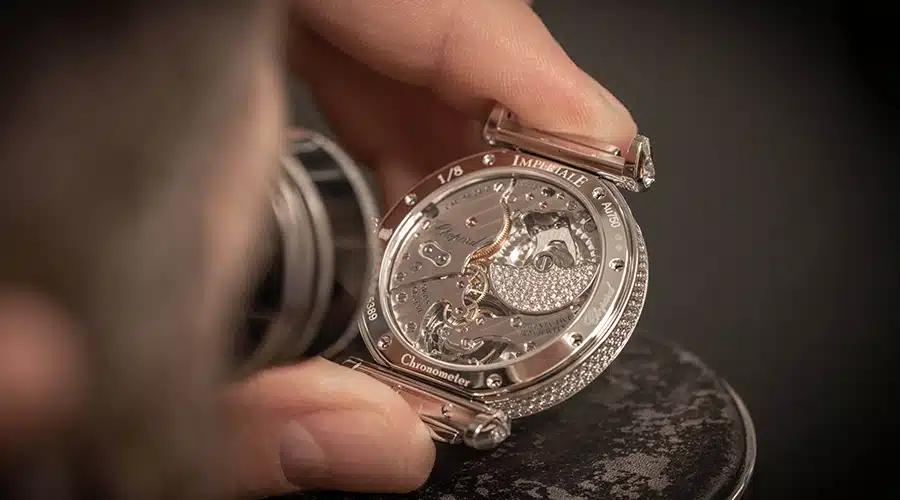
All automatic watches feature a rotor, also called an oscillating weight or mass. As you move, the weight swings in a circle, which winds the watch.
Typically, the rotor is located on the back of the watch movement. There are three main types of rotors in automatic watches including traditional rotors, micro-rotors, and peripheral rotors. Of course, watch brands love to innovate even the most utilitarian components, and find ways to turn them into works of art.
The Different Types of Rotors in Automatic Watches
Central Rotor

The most common type of rotor in automatic watches is a semi-circular weight, usually made of gold or platinum. It’s mounted to center of the watch movement and partially covers the movement. Consider it to be the “final layer” in a watch movement. Many watch brands decorate the rotor using métiers d’art, including guilloché and engraving. Patek Philippe Ref. 5811 has a beautifully decorated rotor with the brand’s emblem.
Micro-Rotor
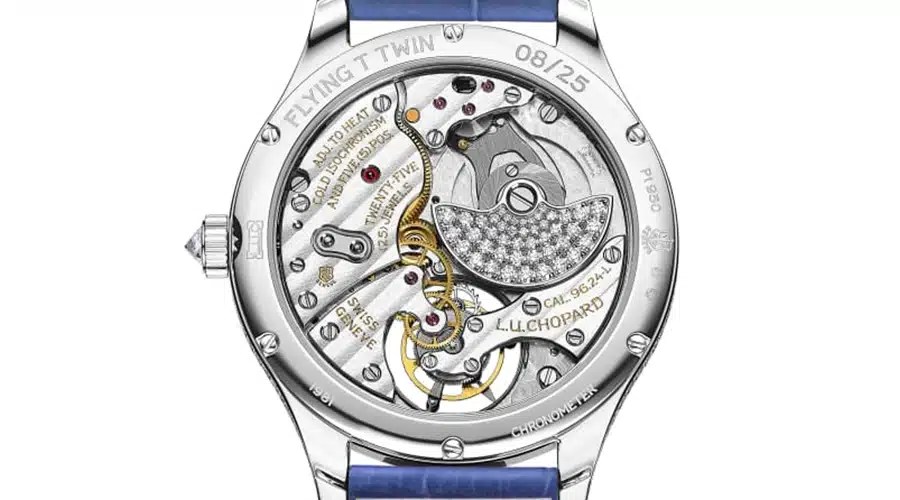
A micro-rotor is, true to its name, a miniature rotor. Brands use a micro-rotors to reduce a watch’s thickness. They are popular in ultrathin watches and when watchmakers want to show more of the movement. After all, a traditional rotor covers about half of the movement. A micro-rotor is integrated into the movement, instead of placed above it. Platinum is a common material for micro-rotors as it’s more dense than gold, thus providing more power. Chopard took an artistic approach in the L.U.C Flying T Twin Ladies watch by setting the microrotor with diamonds.
Peripheral Rotor
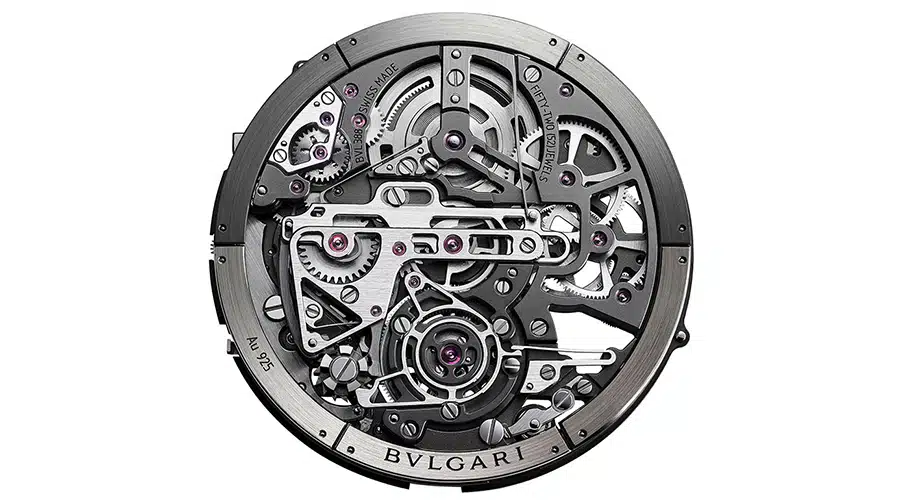
At first glance, you might not notice a peripheral rotor. These rotors circle the outside of the movement. This helps watchmakers achieve a thin movement without incorporating a micro-rotor within the movement. It also showcases more of the movement so you can admire its fine finishings. Bulgari used a peripheral rotor in the Octo Finissimo Tourbillon Chronograph watch, which holds the world record for being the flattest tourbillon chronograph watch.
Skeletonized Rotor

Some watchmakers skeletonize the rotor in order to showcase more of the movement. Parmigiani Fleurier has a superb example in its Parmigiani Fleurier Tonda PF Skeleton watch. The 22k rose gold rotor contrasts beautifully with the steel case and dark movement.
Unique Rotors

MB&F has one of the most unique rotors that exists in its Legacy Machine FlyingT watches. Instead of the traditional semi-circle, it has a three-dimensional sun-shaped rotor that provides up to 100 hours of power reserve.


